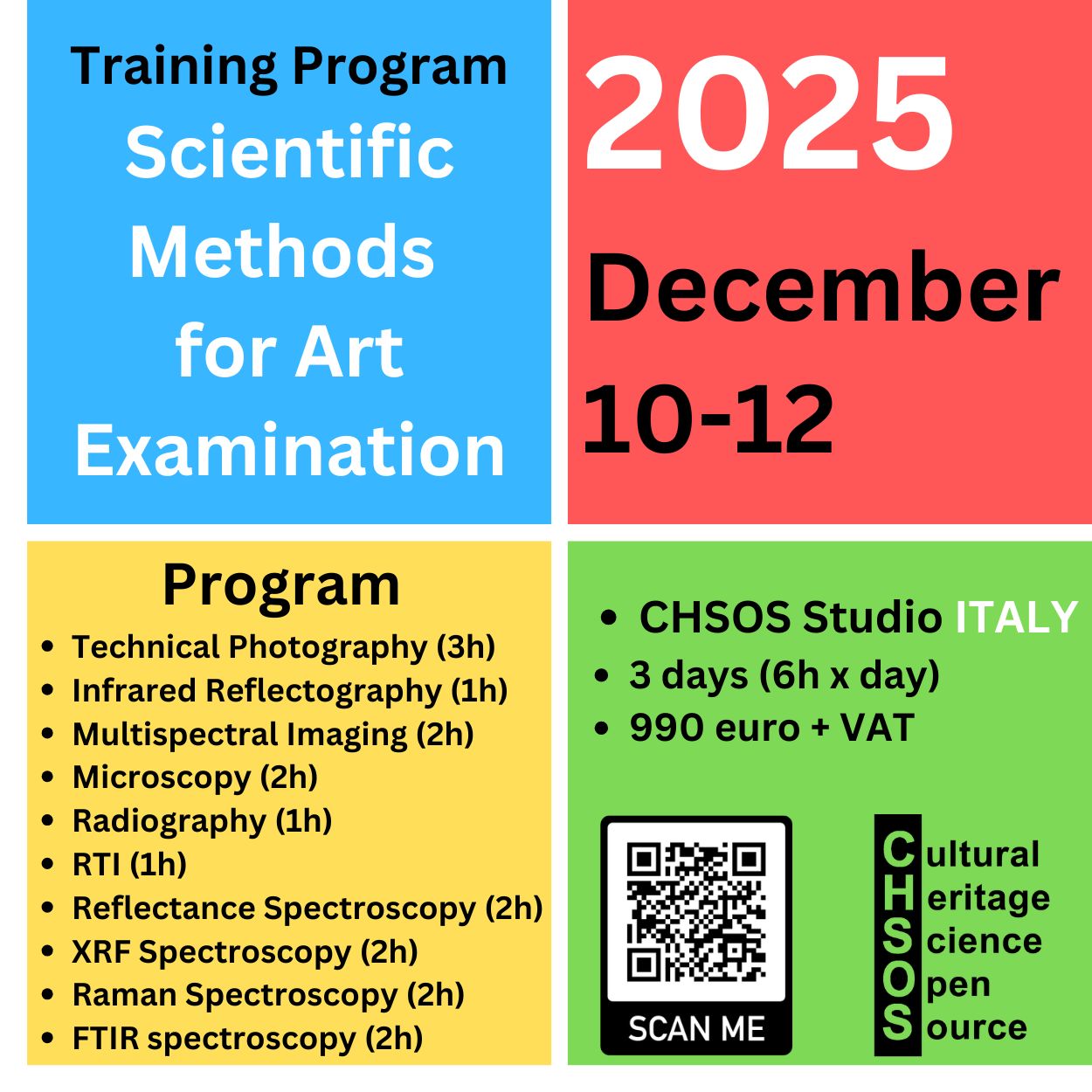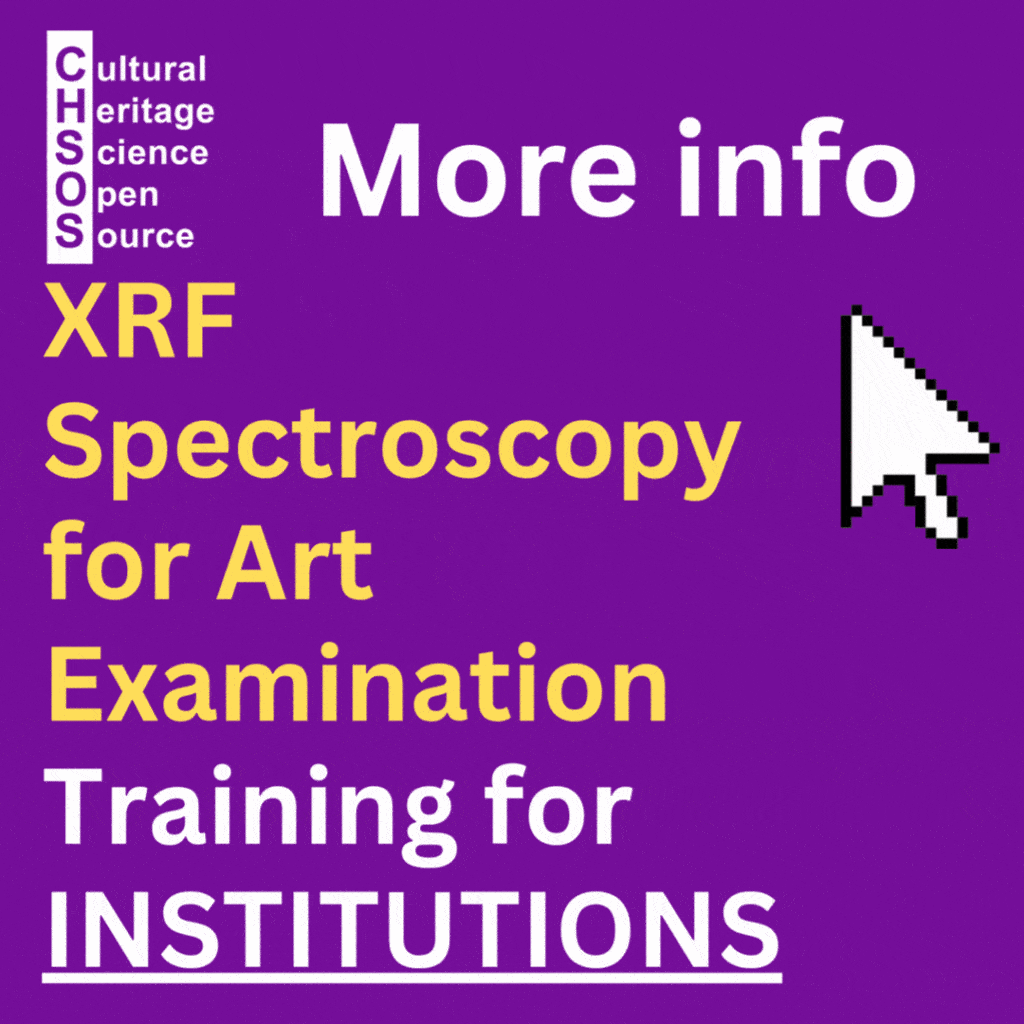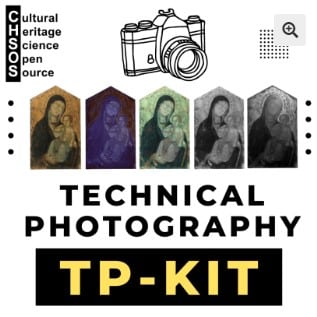Home » Case Studies » Case study #002. 16th-century Antiphonary parchment sheet
16th-century Antiphonary parchment sheet
This 16th-century Antiphonary is a large illuminated manuscript leaf from a medieval choir book (antiphonary or gradual), written and notated on parchment. The page features square neumatic notation on a four-line red staff, typical of Gregorian chant manuscripts used in monastic and ecclesiastical settings.
The text, in Latin Gothic script, includes alternating lines of red and black ink, with rubricated letters marking liturgical instructions. The large blue and red decorated initials (“E” and “P”) introduce different sections of the chant, both serving decorative and functional purposes for easy reading during communal singing.
This leaf likely dates from the 15th or early 16th century, a period when such manuscripts were still produced for large choir use, often on parchment for durability and visibility. The visible notation corresponds to a liturgical chant for Advent, referring to the Annunciation (“Ecce virgo concipiet…” — “Behold, a virgin shall conceive…”).
CHSOS Collection – item #2.

Technical Photography
The strength of Technical Photography lies in the variety of images captured: while a few may seem unremarkable, some reveal crucial details. In this case study of a 16th-century Antiphonary parchment sheet, the infrared image proves especially informative. It highlights the behavior of two key pigments and one ink. The black ink appears slightly transparent in IR, a typical trait of iron gall ink. Among the pigments, the blue darkens noticeably, consistent with azurite, while the red reflects infrared and appears bright, as expected for vermilion. These findings are confirmed through spectroscopic analysis, demonstrating how imaging supports material identification and deepens understanding of historical artistic practices.
Scientific Art Examination – Resources:
Getty Conservation Institute (GCI) – USA
The British Museum – Scientific Research Department – UK
Scientific Research Department – The Metropolitan Museum of Art, New York, USA
C2RMF (Centre de Recherche et de Restauration des Musées de France) – France
Rijksmuseum – Science Department – Netherlands
















